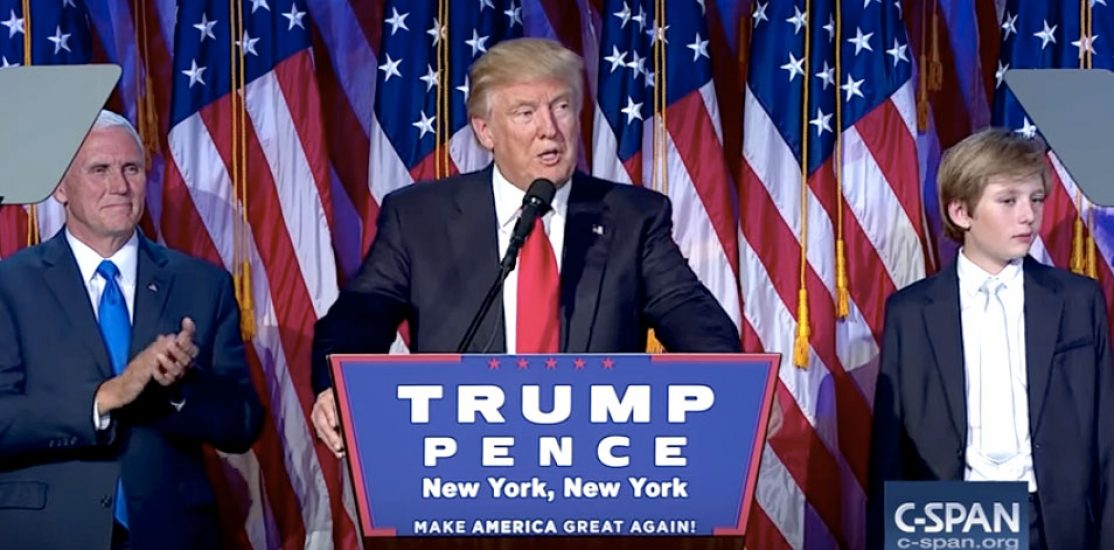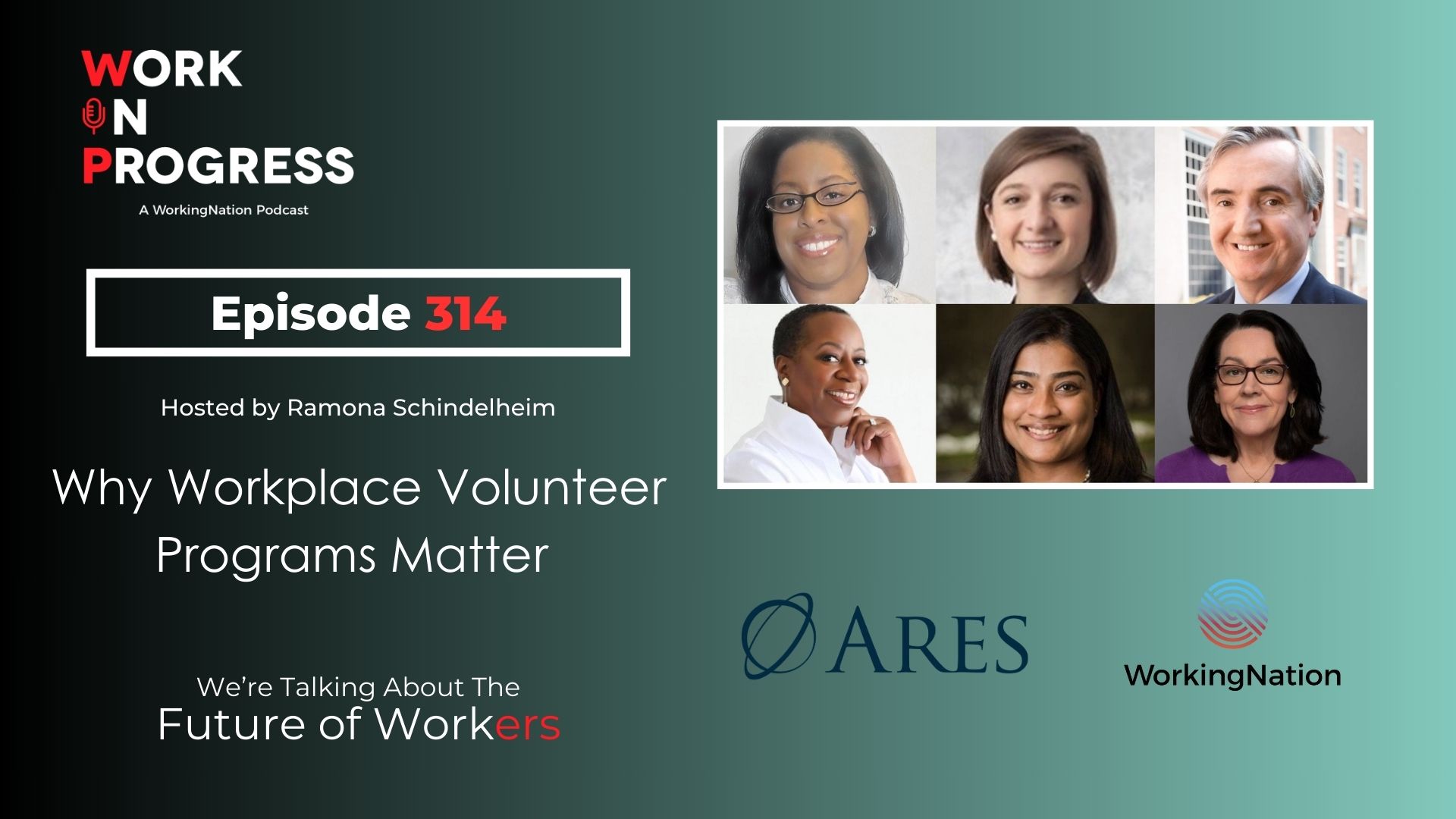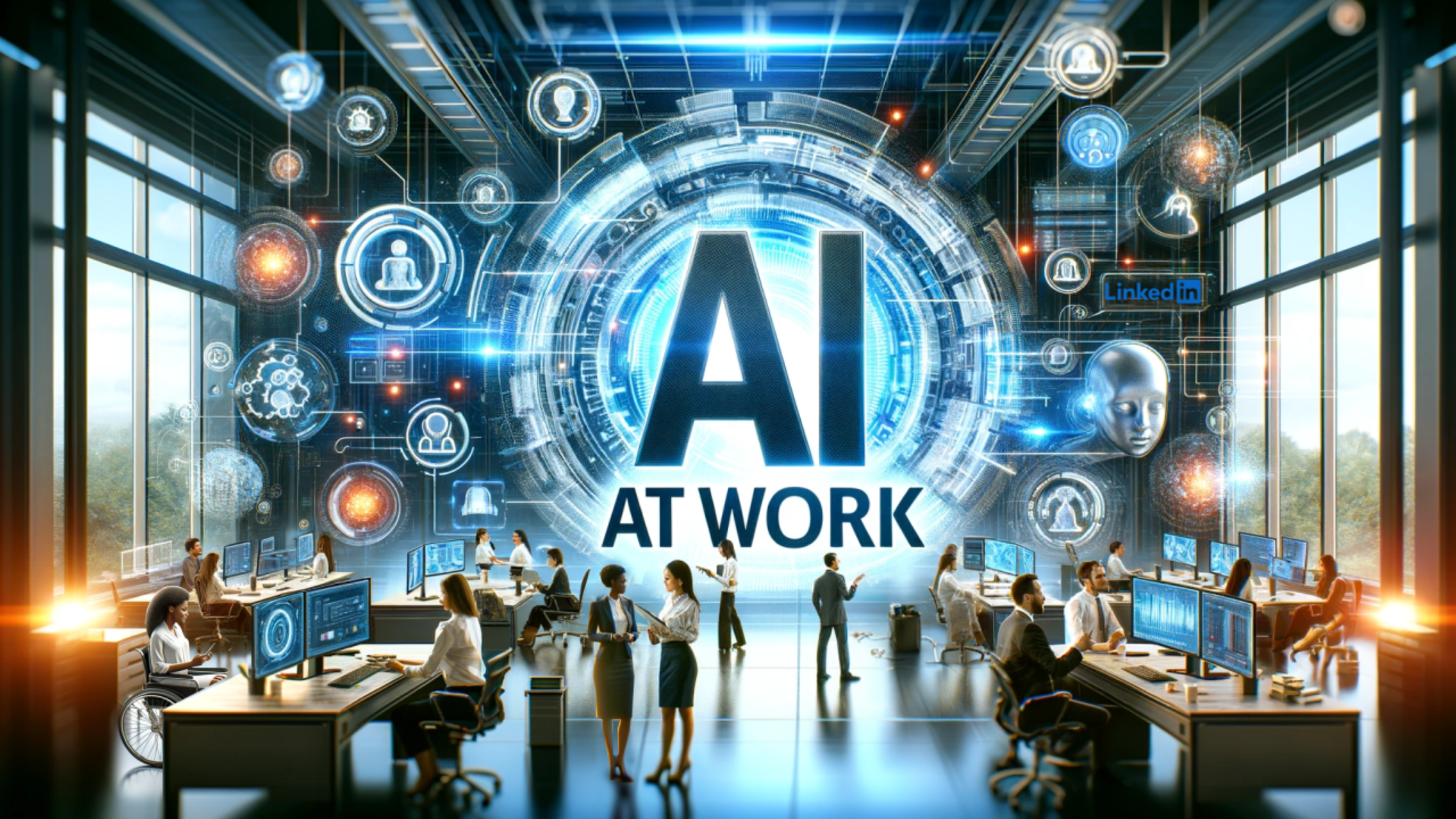Dear President-Elect Trump,
The jobs market is broken.
We know you want to “Bring the jobs back!”
So your first job is to fix it.
Sincerely,
The American Workforce
We’re All In This Together
When President Donald J. Trump sits down for the first time in the Oval Office on January 20, he will need to get serious about jobs. During the campaign, both candidates addressed the need to create meaningful employment for the millions of Americans seeking work. Now it’s time to get past the generalities. But here’s the thing, it’s not really up to the president alone, it’s up to all of us.
In his victory speech, Trump touched on his campaign theme, “The forgotten men and women of our country will be forgotten no longer. We are going to fix our inner cities and rebuild our highways, bridges, tunnels, airports, schools, hospitals. We’re going to rebuild our infrastructure, which will become, by the way, second to none. And we will put millions of our people to work as we rebuild it.”
Carl Van Horn, director of the Heldrich Center for Workforce Development at Rutgers University, nails it saying, “In order to achieve a sustainable, globally competitive economy that provides good jobs and wages for Americans, the president, members of Congress, business, labor, community, education leaders and citizens must mobilize around four national priorities:
- Reform high school and college education to prepare all students for careers.
- Expand learning opportunities for workers throughout their careers.
- Replace unemployment insurance with re-employment insurance.
- Establish a 21st-century worker–employer compact that is fair to workers and employers, including earned family leave and a higher minimum wages for entry-level employees.”
“Addressing the altered U.S. economic landscape requires a fundamentally new paradigm for workforce development policy—animated by new ways of thinking and acting. At the core of this paradigm is the challenge of how to educate, train and retrain people so that they can achieve their full potential and offer employers valued skills.”
So let’s get started. Here are five things about jobs for President-Elect Trump to fix.
1. Leaving On A Jet Plane: Companies Leaving the U.S. for Cheaper Labor
One of Trump’s strongest arguments focuses on re-negotiating trade agreements and keeping American manufacturing plants home. His success was built on the realization that large companies in manufacturing, IT services, research and development, and distribution have put millions of people out of work, outsourcing jobs overseas. Of course we all want to “bring the jobs back.” That sounds great, but the reality is very different.
The layoffs of 1,400 employees at the Carrier Heating and Air Conditioning plant in Indianapolis was the first topic we tackled in our discussion series, The Table, to highlight the problem of companies moving jobs to other countries.
The new reality is simple, today’s worker can’t depend on holding one or even a handful of jobs in their lifetime anymore. Millennials should expect to change jobs about 20 times in their lifetime, and formal degrees do not hold the promise of a high-paying, reliable job that they used to. And workers need to be part of the deal. Up-skilling and retooling your skills set is the most important thing you can do to make yourself attractive to future employers and move from job to job when necessary.
So what can President Trump do? Van Horn explains, “We need to invest more per capita in the preparation and continued education of our workforce to compete with advanced developed nations, such as those in Europe, Japan, and South Korea, who are already beating us in that area.” He adds, “The U.S. must develop a more aggressive pro-growth policy, and reject zero-sum politics.”
2. Coming Home: The Workforce Relationship Between the Military and Private Sector
During the campaign, nearly every reference to our military was either in relation to battlefield performance issues or taking care of our veterans. Sadly, there was little discussion about helping our men and women in uniform as they transition back into the workforce. President-Elect Trump would be wise to place greater emphasis and resources on some very successful programs already in place.
The competition between the private sector and the military to find the best talent in highly technical positions is growing with the changing workforce. In order to address this, U.S. Defense Secretary Ash Carter has proposed wide-ranging changes to the military personnel system in an initiative called “The Force of the Future.” Part of the initiative’s proposals includes:
- Making it easier for people to move between serving their country and working in the private sector.
- Experts with certain scientific and technical expertise would be able to join the military at a mid-career level, rather than starting out at the bottom rung of the career ladder, and achieve promotions more quickly once they arrive.
- A two-way exchange program in which soldiers and employees of private companies working in strategic sectors could switch places for between three months and four years.
- Speed up the military’s hiring process for talented recent graduates.
A company that is dedicating itself to providing support to employees serving in the U.S. National Guard and U.S. Army Reserve is the Carolinas Healthcare System, who was one of 15 employers recently recognized by the Department of Defense for its dedication to these soldiers.
Carolinas has committed itself to exploring solutions to avoid an unemployment crisis brought on by automation, demographics, globalization, and inadequate education. They see the “value of the veteran,” and in 2015, 5.5 percent of the company’s new hires were military veterans, but the company has set a goal of increasing that number to 7 percent.
“They’re used to operating in a very precise, structured environment and paying attention to details,” Aaron Harper, manager of military and veterans’ affairs at Carolinas HealthCare, said. “In a healthcare setting, everything has to be by the books. Everything has to follow the exact rules, or people could be hurt, injured or killed. So, it’s natural to pull in military folks whether they have healthcare experience or not.”
Carolinas commitment to train people with different, but potentially relevant skill sets, serves as a model on how to fight structural unemployment in the future.
While employed with Carolinas, Guardsmen and reservists also feel safe knowing that when they are deployed, their families will be taken care of when they are gone and they will have a job to come back to when they return. More companies providing an environment like this one would help stop the competition between the military and the private sector and allow people to serve both.
Congress is still only considering the proposals, and there has been considerable opposition to provisions that change the way military promotions are made, so the incoming president will need to work to get more public attention to this issue so the people can help ensure both sectors remain healthy and strong.
You can read more on this issue in our story, “Making the Military FutureProof.”
3. Out of Work: Long-term Unemployment Problem
Automation, robotics, and other advances in technology are eliminating jobs or showing the potential to eliminate jobs in virtually every field. And millions of people who have lost their jobs are finding it extremely difficult to find a job that fits their current skills set.
According to the latest jobs report, 2 million people make up the long-term unemployed (those jobless for 27 weeks or more) and accounted for 25.2 percent of the unemployed. There were 487,000 discouraged workers, or people who are not currently looking for work because they believe no jobs are available for them.
These people are the ones who would most benefit from a system that could get them into a training program that can help them transition to a new skills set or retool the skills they currently have. Our next president will have to address this problem that is the result of a changing workforce that is leaving people behind who feel like they have no recourse for a new start.
4. We Don’t Make Stuff Anymore: Increased Job Loss in Manufacturing, Energy Sectors
People aren’t just losing manufacturing jobs because of outsourcing, they are also losing them due to advances in automation and robotics that translate into cheap labor for companies. The energy sector is also seeing this with the push to switch from fossil fuels as a main source of energy to renewable energy that will put millions of people out of work.
There are different ways to handle this problem that our candidates touched on in presidential debates during this election. Clinton focused her plan on investing in more technical education in high schools and in community colleges that provide real apprenticeships to prepare young people for the jobs of the future. Investing in new jobs, skills training, and the opportunities for people to get ahead and stay ahead, she said, is the kind of approach that will work.
That is exactly the approach WorkingNation partner YearUp is taking by providing urban young adults with the skills, experience, and support they need to connect them with employers who need them. AmeriCorps is also helping people in industries that are seeing increased job loss, like coal miners, find new jobs.
5. Back to School: Job Skills Training in Education
There are more than 3 million job openings for skilled workers in the country today, but employers complain that potential employees don’t have the skills they are looking for to fill those positions. Over the next four years, the incoming president will need to focus on how to bridge this skills gap.
To accomplish this, employers need to play a more active role with educational institutions, both on the college and high school level, to convey what they are looking for in future employees. Educational systems need to adapt to the changing needs of the workforce, and the government needs to help set the standards of this relationship.
“A society where only the top 1 percent—or only the 30 percent that have a college education— succeeds will not be sustainable,” adds Van Horn. “America is growing apart as those with the most valued skills and those employed in growth industries prosper while those on the other side of the ledger fall further behind.”
A great example of a school that is empowering students with the necessary tools to not only get jobs when they leave, but is continuously adapting to the changing workforce is Fort Zumwalt South High School in St. Peters, Missouri.
Featured in our story, “Welcome to Skills Gap City,” students are given hands-on training in engineering and industrial technology where they can be certified in a 3-D computer modeling program that many local manufacturing companies use. Students can also take a written and practical test that could give them an entire semester’s worth of college credit at a nearby technical school.
The school is also aware of the effect globalization and automation is having on the workforce and is preparing students for many jobs that can’t be done from overseas, as well as how to fix the robots. As a result of their work, the school has attracted almost 350 companies to its job fair.
Helping bridge the gap between employers and the educational system could be the silver bullet in helping young job seekers bridge the gap between getting a job and employers filling their job needs.
For more on this issue watch our discussion, “The Table: Closing the Skills Gap,” here.











